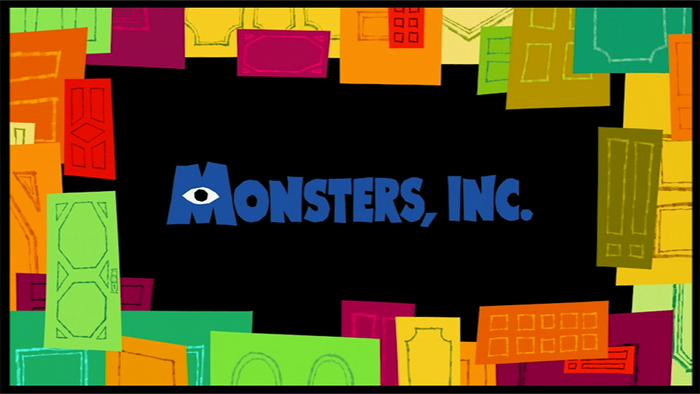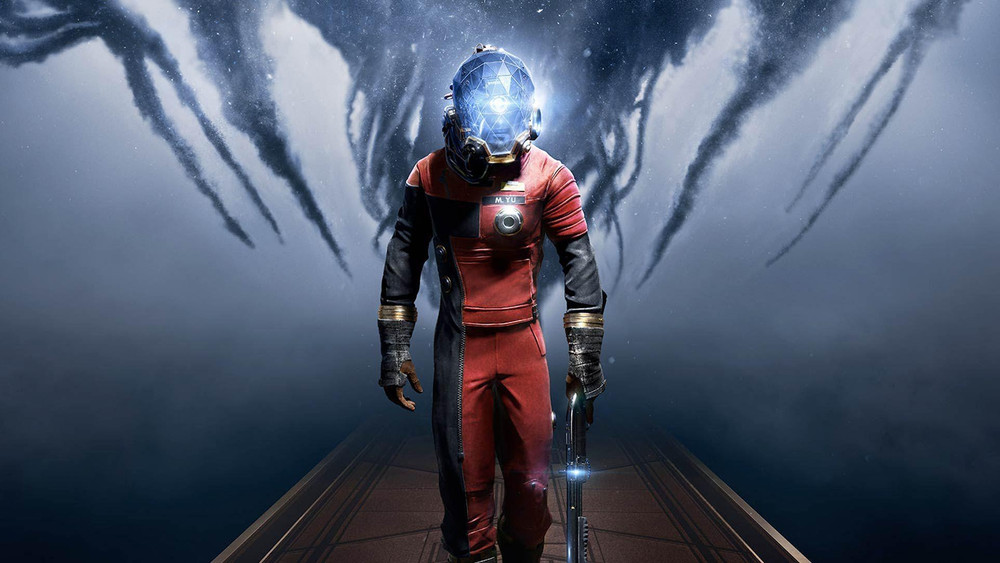
Monsters, Inc. is an amazing film. The first Pixar movie not to be directed by John Lasseter, it further consolidated the already wildly successful California-based computer animation studio, showing that it wasn’t just a one-genius operation. Monsters, Inc. let Pete Docter in the director’s chair and with great success. But why is it so great? In this article, I’ll be digging a bit deeper into the story structure used in this surprisingly unconventional flick.
Today, I’ll talk a bit about the way Monsters sets up its world.
Keepin’ it human
Monsters is a very top-heavy film. It features a concept known to everyone – Monsters are hiding in your closet – only it flips the situation through a reversal of roles: the monsters are scared of the children and thus assume their role.
If this were any other movie, its creaters would just throw their concept out there in one exposition scene (preferably the first or second). They would feed you their information while you’re still not too clear about where the movie is headed and you’d just take it. Pixar doesn’t work like that. One of their main principles, one that always returns in every article, podcast, commentary or making-of is grounding. They take their highly creative concept and ground it into reality so it becomes human.
What does the mean in the case of Monsters, Inc.? The movie goes out of its way to establish that Sully and Mike might be monsters, but they’re mainly colleagues. Their reality is just like ours. And their reality is one where children, which they believe to be toxic, have to be scared in order to generate power.
Lore Lessons
A lot of lore is created to establish the banality of this world. Clocking at roughly 82 minutes without credits, this movie takes 23 minutes to establish the character’s daily routine – or Frank Daniel’s first sequence (of eight), the normality. Usually, this is about 10-15 minutes for a normal 90-minute feature film.
Yet ask yourself: does it feel long or tedious? Are you ever bored during those first 23 minutes, before Boo comes into Sully’s world?
No?
Me neither. Hey, it’s no problem that a complex family movie takes 23 minutes to establish a complex world, right? Lord of the Rings takes ages to send Frodo out of the door, right? Of course not. But if you look a bit closer to the amount of information is handed out, you’ll notice something you probably didn’t notice when you were watching Monsters for the first time.
Check this out – this is a simple schematic listing the information that is given out.
| 3′ | Monsters aren’t scary. Monsters are scared of kids. Children are toxic; we need their screams for power. Doors are used for the scaring. (the simulation) |
| 5′ | Monsters, Inc. is a power company; children’s screams are used for power. Children are harder to scare, resulting in less power. (the commercial) |
| 7′ | Monsters aren’t scary. There is a scream shortage. There is a scream shortage. (On the way to work) |
| 14′ | Children are harder to scare. Monsters are scared of kids. Doors are used for the scaring. (the scaring routine) |
| 23′ | Boo enters the world; suddenly every piece of information is brought to life. |
I’ve left quite a bit out (mainly the information related to Mike and Sully, which gets repeated quite a lot in its own right), focusing on establishing the world – aka the rules of the game. Can you see the amount of repetition? If you just look at what information is being given, Monsters is an extremely tedious and overly complex movie that doesn’t take its audience seriously because it feels the need to tell everything twice.
(Un)economy
It’s not, of course. And that’s because none of the people behind it ever thought of it as a device for transporting information. I think that’s interesting. At film school, we are constantly reminded that movies are all about economy. Hell, we even have a seminar called economic storytelling. You don’t want to use more locations than you need, because it’ll get expensive. You don’t want more roles than needed, either. And most importantly: you don’t want to repeat yourself. You want to build new information on the old at all times.
Monsters doesn’t seem to follow that rule. Yet, because of the way the scenes are built, no one notices. First off, every scene in those 22 minutes is wildly funny. There is never a dull moment. But secondly – and more importantly: every time information is given, it is done in a different medium.
A slight aid
A perfect example would be the scene in which Mike and Sully are on their way to work. In two minutes, we are told about the scream shortage twice. Did you ever consider that when watching the movie? No?
MIKE: Okay Sully, hop on in.
SULLY: No. Uh-uh.
MIKE: Hey! Where are you going? What are you doing?
SULLY: There is a scream shortage. We’re walking.
More dialogue. Sully pulls Mike away from his car. Cut to: a picture of a newspaper saying ROLLING BLACKOUTS EXPECTED.
MIKE: You want to know why I bought the car?
SULLY: Not really.
MIKE: To drive it. You know, like, on the street, with a honk-honk and a vroom-vroom.
As you see: we go from a dialogue joke to a visual aid back to the dialogue joke. The picture of the newspaper serves as a large scale example of what is wrong in Monstropolis; the car is serves its purpose on a smaller, more personal scale.
 (From left to right: Mike and his car; the newspaper article; Mike talking about his car.)
(From left to right: Mike and his car; the newspaper article; Mike talking about his car.)
I want to believe
The question you’re probably asking: is this necessary? I personally don’t think so – the newspaper article is completely superfluous. Then why did they use it? It costs money and time to make and most viewers probably never even noticed it. The answer is that it all comes back to Pixar’s grounding principle.
It’s not about giving your concept away so people get it – it’s about getting them to believe, to feel. How do you get people to believe in a world? You make the world as real as possible. And how do you make a world real? Is it great animation, wonderful drawings, witty banter? No, it’s one of the things creative people struggle with the most: logic. You ask yourself: how would a world on the verge of an energy crisis respond? Exactly: it’d be in the paper. Suddenly, because of this little half-a-second piece of film (and many others like it), the movie starts living and breathing.
And that’s an example of how Monsters, Inc. can establish itself as a workplace comedy in a monster world. It’s half done through creative ideas (the doors, the way the monsters look) and halfway through grounding them in logic (the way the monsters interact, the yellow cannisters). So if you ever think Pixar has the best people in the world and, because of that, the best ideas, know that’s only half a truth. The other half is human logic.



